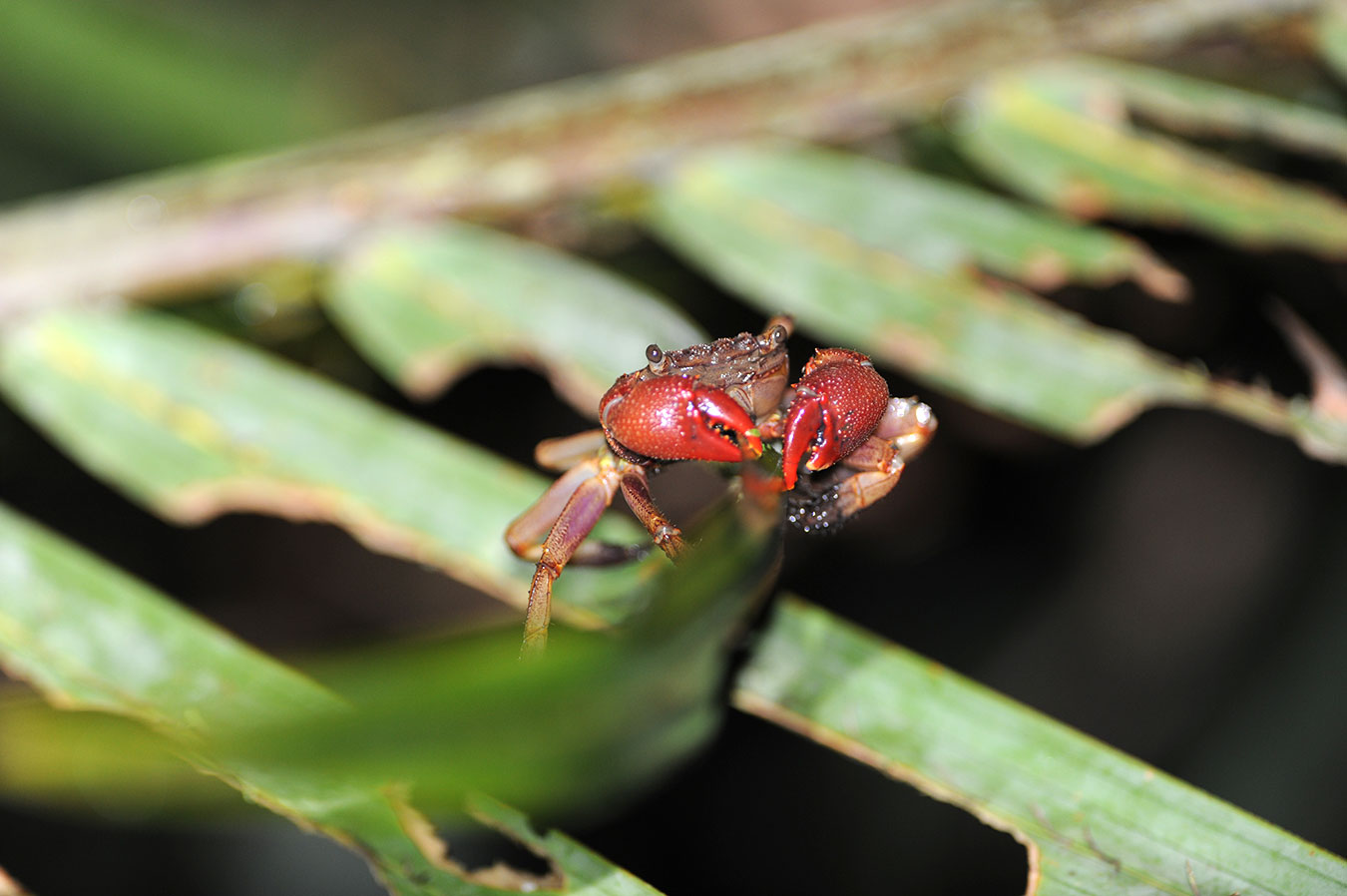Sea Creatures Of The Johor Strait
At the Outward Bound School in Pulau Ubin, it was yet another day of adventure for Rebecca Loh, a life sciences undergraduate at the National University of Singapore. Although, instead of engaging in team-building and leadership-training sports such as rock-climbing and kayaking, she was in for something more physical – wading in knee-deep mud!
Rebecca was one of the 270 volunteers who joined the first marine expedition in Singapore in October 2012 to survey the marine life found in the Johor Strait. They toiled in mudflats, combed the seabed and helped with the processing of specimens in make-shift laboratories. The Johor Strait Workshop was organised as part of the Comprehensive Marine Biodiversity Survey that surveys multiple sites across Singapore; this Workshop focused on sites ranging from Tuas to the eastern end of Pulau Ubin. Beyond the volunteers, 20 international scientists from 10 countries contributed to the identification of specimens collected over three weeks.
Efforts of the volunteers and scientists finally paid off when the findings were published this year. The Workshop yielded a total of 17 species new to science, more than 100 species recorded for the first time in Singapore and some new behaviours that have never been documented.
New to Science: (Berthelinia singaporensis)
While this bright green organism resembles a clam due to its hinged shells, it is actually a sea slug. Commonly known as the Sap-sucking Sea Slug, it belongs to a group of snails (Sacoglossa) which feeds on algae sap. It sucks out the sap from the plant cell after piercing the cell wall with a specialised tooth.
Upon their discovery in 1880s, shelled sacoglossans were classified as clams; it was not until examining live specimens in 1959 that scientists realised they were actually sea slugs! Their shells are, however, thinner than that of clams. Named after Singapore where it was first discovered during the Johor Strait Workshop, Berthelinia singaporensis is also the first record of the genus Berthelinia here.
First record in Singapore: (Labuanium politum)
Labuanium politum is a tree-climbing crab that resides only in mangrove Nipah Palms. They have previously been recorded in Myanmar, India and Malaysia. However, their presence in Singapore had never been confirmed until a population was found among a remnant patch of Nipah Palm in Pulau Ubin during the Workshop! They have not been spotted anywhere else in mainland Singapore. This nocturnal crab hides at the base of the Nipah Palm leaves in the day. At night, they climb up to feed on the palms’ leaflets using well-adapted claws.

Labuanium politum feeding on the leaflets of a Nipah Palm.
Who would have known that such rare gems can be found in the murky waters between Singapore and Peninsular Malaysia? With ongoing research, what other marine life is left to be uncovered in our waters?
If you would like to read more about discoveries from the Johor Strait Workshop, you can download the scientific paper here.
To find out how you can volunteer for future biodiversity surveys, email CIN@Nparks.gov.sg.
Text by Ng Juat Ying
Photo of Rebecca and video of sea slug by Rene Ong
Photo of crab by Tan Heok Hui
Glossary:
Sea slugs – snails that have shells that are thin and either reduced in size or absent.


Have views or comments on this article? Let us know via this form. If you would like to give us feedback on any other areas relating to our parks and gardens, please submit via https://www.nparks.gov.sg/feedback